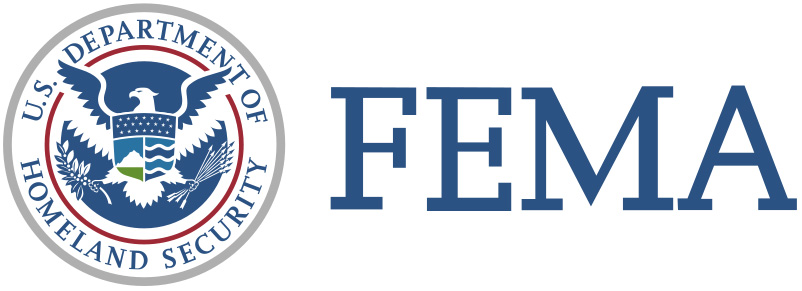As if that weren’t enough, President Joe Biden asked FEMA to create and staff sites for Covid vaccinations, and to run shelters for undocumented migrant children along the southern border. Then came Hurricane Ida, which caused catastrophic flooding across the Northeast and at least 96 confirmed deaths in the U.S.
Before taking over the agency, Criswell was commissioner of New York’s Emergency Management Department and led a FEMA team that responded to major disasters. She also worked for the consultant Cadmus Group on homeland security matters, and spent 21 years as a Colorado National Guard firefighter.
Criswell, who has called climate change “the crisis of our generation,” recently spoke with Bloomberg Green about new tools and funding to better prepare the agency and nation for increasingly perilous times:
Bloomberg Green: Let’s just jump to the core of it. How is climate change affecting FEMA’s mission?
FEMA started out as a recovery agency. You saw changes after Hurricane Katrina, after which we became more responsive. Now, as the number of extreme events grow, the only way we are going to sustain our mission is if we become proactive; we need to reduce the impacts of these events before they happen. So what we are going to do during my time here is to have a very deliberate conversation with state and local governments about their role in mitigating climate impacts.
BG: How do you go about pushing for proactive reforms in such a partisan environment, where leaders in many states don’t even acknowledge climate change.
FEMA’s role is to remain nonpartisan and disasters don’t discriminate. We have to help state and locals think differently. An emerging priority is increasing the climate literacy of the emergency-management system -- not just FEMA, state and local -- but also our crisis management partners. What is it that we mean when we say climate resiliency? We are working on that lexicon.
For me, the biggest thing to change is how we think about risk. As a nation, we have focused on historical risk when planning, I want people to think about future risk. During a recent trip to California, we visited Folsom Reservoir, which was at 26% of volume. They made their allocations based on historical models, instead of projections based on worsening drought. They are now correcting this.
Assessing future risk should be very data-driven. Mitigation projects are not Band-Aid projects. They take time and thought. I want people to run modeling scenarios about risk 10 or 20 years from now to project what they will be facing, whether it is flood or wildfire.
The national risk index, which we just announced, is a new tool from open-source data that allows governments or individuals to view 13 hazards to their neighborhoods from a very high level. Localities can overlay their own risk data on top of this. It’s not perfect, but it’s the start of every home knowing their neighborhood risk level.
BG: Planning takes not only tools, but money. The Biden administration recently announced $3.5 billion for hazard mitigation and a doubling of the Building Resilient Infrastructure and Communities Program to $2 billion. How does this further your goals?
BRIC is about discrete projects -- such as a levee or a green space -- and it is competitive nationwide. But many small jurisdictions don’t have the resources that large urban areas have. So we are now offering direct technical assistance to 20 communities so they can move away from being so reactive day-to-day and identify what’s really important to them in the long run.
The hazard mitigation grant program ... is money we are giving directly to the states, so there is a lot more flexibility within the guidelines.
BG: FEMA’s National Flood Insurance Program has been under fire for being more responsive and available to richer property owners than poorer ones.
We recently put out a number of things to address this; for example, heirs’ rights. We’ve expanded the type of documentation we accept to prove home ownership. We are rolling this out in Louisiana, and a significant percentage of homeowners that were previously rejected have been deemed eligible for assistance. There were also those with lower-cost homes that were not meeting the threshold for assistance, so we changed the dollar threshold for eligibility. Also, in the past when someone didn’t pass our automated application process, we would send out a denial. Now we send out a building inspector who can walk them through the additional documentation that would make them eligible. In past disasters, 83% or survivors were able to prove ownership or occupancy. After all of our adjustments that is up to 92%.
BG: FEMA has never had more to coordinate and had as much to do for so long. Unions are complaining that senior staff is overworked. How are folks holding up over there?
FEMA is very good at what we do -- bringing together and coordinating people who don’t normally work together. … I will allow our emergency managers are working hard. But they are strong leaders and committed to public service.













